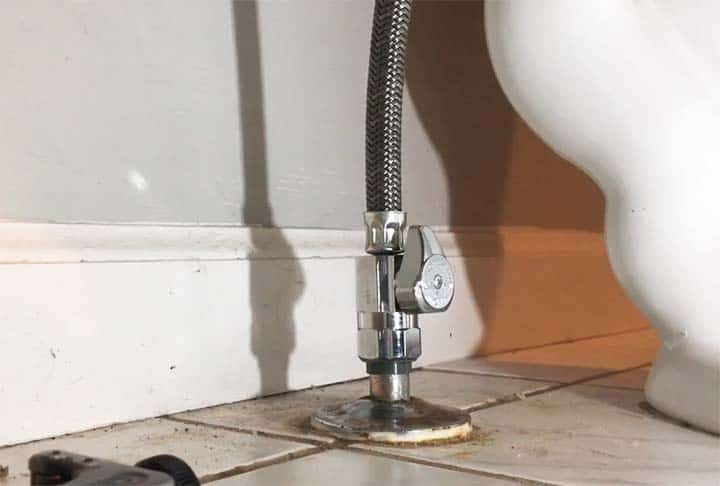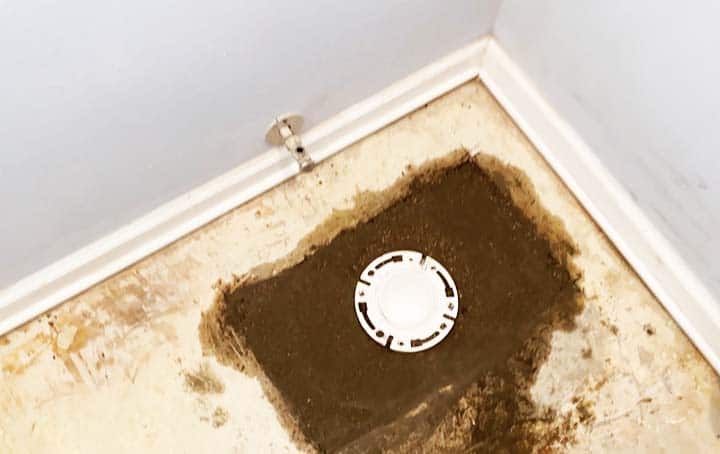When you flush your toilet and continue hearing the sound of running water, something is wrong with the toilet set up and water supply line. In fact, many people wonder, “Why does it sound like water is constantly running in my toilet?” Also, many people complain that they keep hearing the sound of water running through pipes even without any leaks.
The main reasons for running water continuously through the pipeline or in the toilet include improperly adjusted float height inside the toilet tank, a leaky flapper, and a lengthy refill tub. You can stop the water running problem by adjusting the float height, replacing the toilet flapper, or by shortening the refill tube inside the tank.
Thankfully, these DIY solutions are convenient, and you can accomplish them even without the help of an expert plumber in most cases.
Why Does It Sound like Water is Constantly Running?
Our home’s plumbing system, including the toilets, is the most underrated and neglected until it starts making noises and problems. One such problem is associated with constantly running water. It can be due to multiple reasons that you must investigate to find and then fix it ASAP to avoid costly repairs.
Improperly Adjusted Float Inside the Toilet Tank:

The float inside the toilet tank controls the water height and flow. If the float is not in its original position, water will continuously run through the pipes, and you will hear continuous sounds. The float works to refill the tank and also stop the overflow.
With years of use, the float might become weary or get damaged. Thus, it will be unable to stop the water flow, and water will continuously run into the toilet tank through the water supply line.
A Leaky Toilet Flapper:
If the problem isn’t with the float, check the toilet flapper. A toilet flapper is designed to seal the toilet flush valve. When it gets damaged, it won’t control released water flow in the toilet bowl. So, a leaky flapper is one of the main causes of running or leaking toilets.
You can identify this problem with some blue colors with ease. You need to add some blue colors inside the toilet tank and wait for an hour. If the toilet flapper is damaged, the blue color will run with the water into the toilet bowl. Consequently, the standing water in the toilet bowl will turn blue. This way, you can easily identify a damaged flapper even without removing it.
An Elongated Refill Tube:
Another common cause of a running toilet can be the elongated refill tube of the toilet. The tube connects the overflow tube and fills the valve inside the toilet tank. When it is too long, it won’t stop the toilet bowl’s overflow, so you will hear water running in pipes but no leak. Although it can be worrisome, you can easily deal with the problem.
Moreover, at times, the refill tube might get damaged or fall off, and then it will fail to deliver adequate water pressure for the flush to work properly. This scenario is the opposite of running water into the toilet.
Leakage in the Slab of the Water Heater:
If you hear running water noises close to the water heater, it indicates that the slab has become leaky. Yes, it is normal to hear the sound of water running through pipes close to the water heater slabs when the heater is on and turning cold water into hot water. But, when you still hear running water sound when the water isn’t turned on, the problem is definitely with the slabs.
How to Stop Your Toilet from Constantly Running
Now that we know the real reasons for running water noise through the pipes or in the toilet, it’s time to fix the problems for an effective toilet setup. It will also help you stop water wastage and save your utility bills.
You may need the following items for the process:
- Replacement fill valve
- Toilet replacement parts
- Rubber gloves
- Cutting pliers
- Multi-bit screwdriver
The methods include:
Method 1: Adjust the float
The most common cause of water running through the pipes into the toilet tank and overflowing the tank is an improperly positioned float. When the float is too high or low, it won’t stop the overflow of the water.
Hence, you have to lower the height of the toilet float inside the tank. The float comprises a float arm, and you need to adjust it. You should empty the toilet tank first for this. Then access the screws that hold the float against the flush tube inside the tank. Use the screwdriver to tighten or loosen the screw until the float is adjusted at the right height.
If your toilet has a column float, it will be attached with the flush valve as well. For this, you should loosen the screws. Then, apply mild pressure on the float to push it down until it is positioned correctly. Then, tighten the screw.
Method 2: Fix the leaky flapper
If the cause of running water inside the toilet is a leaky flapper, you need to replace it. You will first need to get a new toilet flapper. You will get it in every hardware or plumbing store.
- First off, turn off the main water supply line and flush the toilet to empty the tank. It will provide you with easy and quick access to the old flapper.
- The toilet flapper is connected securely with a chain. Detach it from the chain, firstly. After that, locate the pins on the overflow tube sides that connect the flapper. Remove the pins to pry off the old flapper.
- Now, connect the chain with the new flapper. Then, finish the replacement job by safely attaching the flapper with the pins.
At times the chain of your newly installed flapper might be too long. In this case, you should shorten it to get a leak-proof better seal.
Method 3: Shorten the Toilet Refill Tube
When the refill tube inside the toilet tank is too long, it will overflow the tank and the bowl without stopping the water. Luckily, you may shorten it within minutes.
- Drain the toilet tank completely and shut off the supply line. Now, access the overflow valve and pull out the refill tube from there.
- You don’t need to pull off the entire refill tube. Just get it above the opening to cut the excess part of it.
- Once you have lifted the refill tube, use the cutting pliers set to shorten the tube. You should cut it into tiny parts to not over-shorten the tube.
- Finally, push it down and connect it with the overflow tube clips. It will hold the refill tube securely.
Is it normal to hear water running through pipes?
Yes, it is not unusual to hear the noise of running water through the pipes as it travels from the main supply point to different faucets, showers, and other points. Plumbers left the drainpipe exposed in older homes, so this scenario is more common in older houses. Even in modern homes, you will hear a running water sound when the water heater heats the cold water.
Final Words
There are three main reasons why it sounds like water is constantly running into the toilet. It includes a leaky toilet flapper, an elongated refill tube, and improper positioning of the float. We have described the fixing solutions to these three problems. You can do it without any plumbers’ help. However, if the problem is with the leaky slabs of the water heater, we suggest you call for a professional plumber to fix it since it is a complicated task.
I am James Martin, An professional plumber with more than 16 years of experience. The main purpose of my writing is to share my experiences of helping others. Be with me and explore bathroom plumbing, installation, cleanness ideas, and many more.




